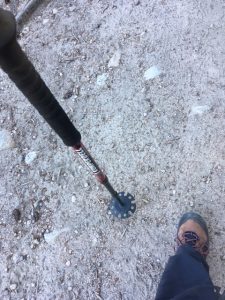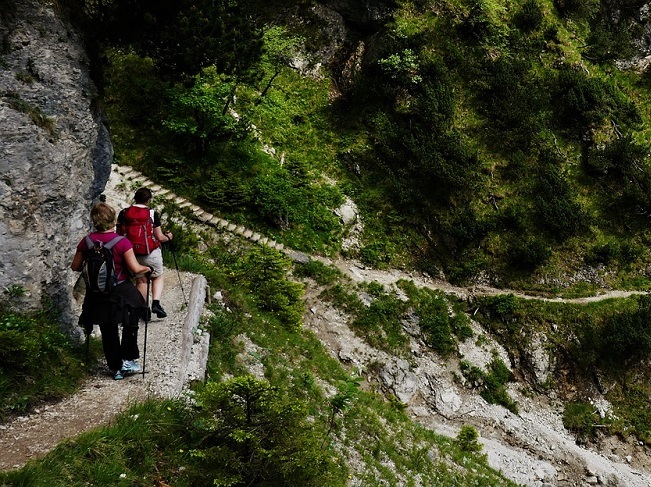 Ergonomics For Everyday Life-Hiking
Ergonomics For Everyday Life-Hiking
Ergonomics is something most people have at least heard of. They know it has to do with working in better positions for the protection of workers. But ergonomics also comes into play for everyday life too. Today we will address hiking.
Ergonomics and driving a car
Most people must drive to the trail. Cars are designed to accommodate varying sizes of drivers. The placement of the steering wheel and other controls should be in easy reach to be more “comfortable” and efficient. There are certain brands that “fit” the smaller driver better and those that accommodate very tall drivers. If the seat cannot be adjusted for best viewing of the road, then poor ergonomics becomes a safety factor.
Car seats should have an adjustable lumbar support to help with good driving posture. Changing the recline to different levels on the seat back on a longer trip helps change the stresses to the low back and pelvis. Always sit with your body square to the wheel and avoid one leg back and one leg extended as many people tend to do. Taking standing, stretching, walking breaks at least every hour on longer trips will help reduce stress to the spine.
Ergonomics and hiking sticks
Hiking sticks should be used for safety and injury prevention. The sticks should be adjusted to maintain the elbows at 90 degrees when going uphill or downhill which means changing the length depending on the slope and incline vs decline. Spring loaded sticks help reduce the impact to the shoulder, wrist and elbow joint as we hike. Using the hiking sticks an prevent ankle sprains or even fractures from falls when inevitably one slips on loose rocks.
Ergonomics and Backpacks
Quality backpacks come in varying sizes and have multiple adjustments to best fit the person. Particularly backpacks meant for carrying heavy gear for overnight or longer day hikes. The backpack should transfer the weight to the pelvis and avoid stress to the shoulders and neck. If a person is feeling discomfort in their neck, either their pack needs to be readjusted or they may have an improper size that cannot accommodate their physique.
Ergonomics and hiking shoes
Hiking shoes are needed on rough trails. They have larger lugs and typically Vibram soles to help prevent slips. The shoes need to be fitted properly to the wearer to avoid blisters, slipping off feet or toes jamming into the front of the shoes on downhills. Ideally the shoes should be waterproof to keep socks and feet dry.
If you have questions on ergonomics and injury prevention with other activities in your everyday life or would like an article with tips for other activities, please feel free to contact me. I enjoy helping others to live life without injury and pain.


